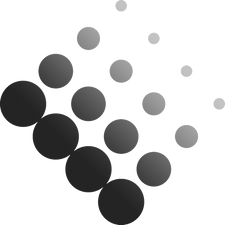
cellusion
Cell + Illusion/Visualization
Cell + Illusion/Visualization Using AI and UI models for cell visualization to support biological research and education.

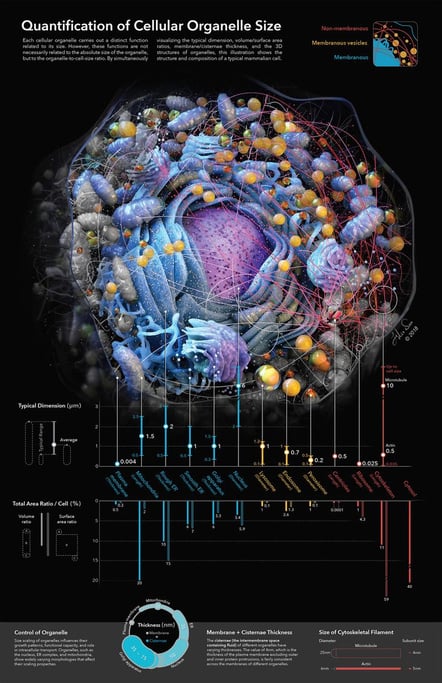
Cell + Illusion/Visualization
What is a Biological Visualization Model?
This illustration was created as part of a 2018 graduation project by one of our team members.
This illustration visualizes the quantification of organelles in a typical mammalian cell. Scale at the sub-cellular level is often misrepresented in textbook illustrations, which may lead to students developing misconceptions about the structure of cells. Furthermore, information about the scale and properties of organelles is fragmented and difficult to find. This illustration aims to provide students with a more complete understanding of the structure and composition of a typical mammalian cell.
To achieve this goal, I built the 3D model of the cell and organelles based on proportions and dimensions as published in Cell Biology by the Numbers (Milo and Phillips, 2015), and recent articles. A graphical legend and colour-coding scheme were designed to link the central visual with the scientific data, and a simple black background was incorporated to draw attention to the data visualization.

How to integrate 3D models into the Cellusion database through AI data?
Visualization Using AI and UI models for cell visualization to support biological research and education.
FIRST
How to integrate 3D models into the Cellusion database through AI data? The first step is to use the UI software Blender for basic modeling
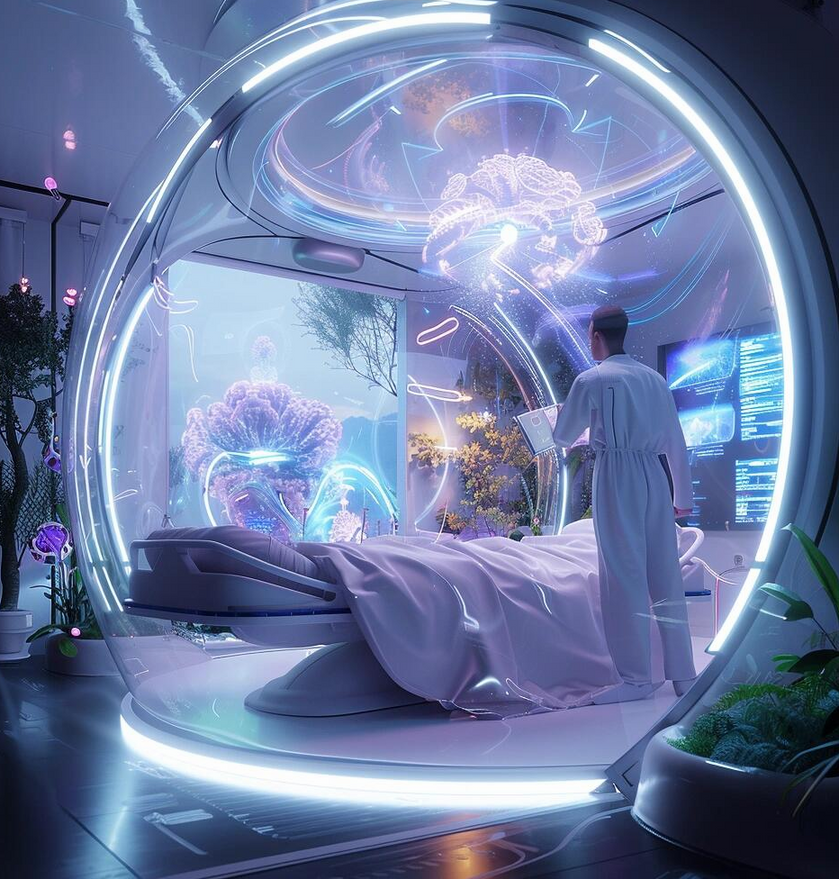

cellusion
As artificial intelligence continues to revolutionize industries, its integration with 3D cellular visualization is set to redefine the future of medicine. By combining cutting-edge AI algorithms with advanced visualization techniques, scientists and medical professionals can now delve deeper into the intricate world of cells, unlocking unprecedented insights into human biology.
In the medical field, AI-powered 3D cellular models enable the precise mapping of cellular structures, allowing for real-time simulation of biological processes. Doctors can visualize how diseases such as cancer disrupt cellular functions, while researchers can test drug interactions on virtual cell models before clinical trials. This technology not only accelerates drug development but also paves the way for personalized medicine, where treatments are tailored to an individual’s unique cellular profile.
Moreover, 3D cellular visualization enhances medical education, providing students and practitioners with immersive, interactive tools to explore the microscopic world. Surgeons can use these models to plan complex procedures with precision, reducing risks and improving outcomes.
In this AI-driven era, the fusion of technology and biology through 3D cellular visualization represents a paradigm shift in medicine. By making the invisible visible, it empowers humanity to tackle some of the most complex challenges in healthcare and chart a new course toward a healthier future.
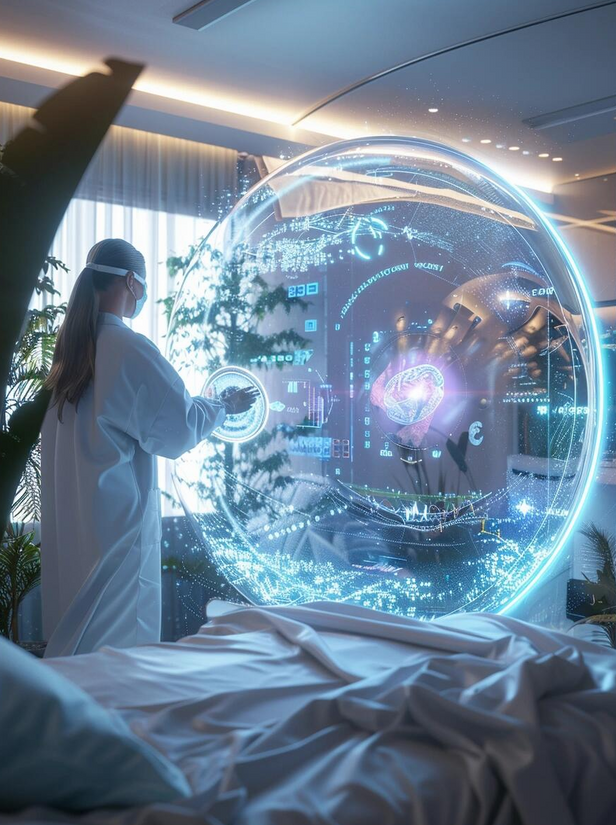
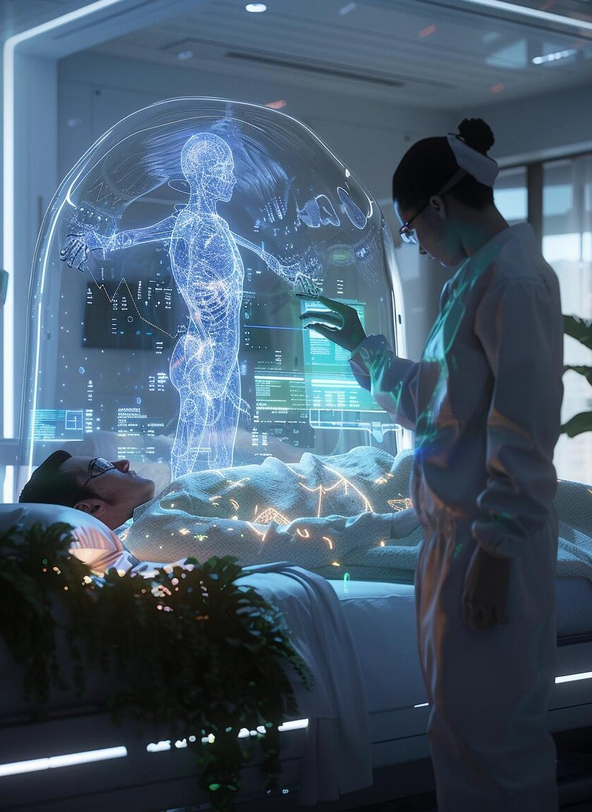
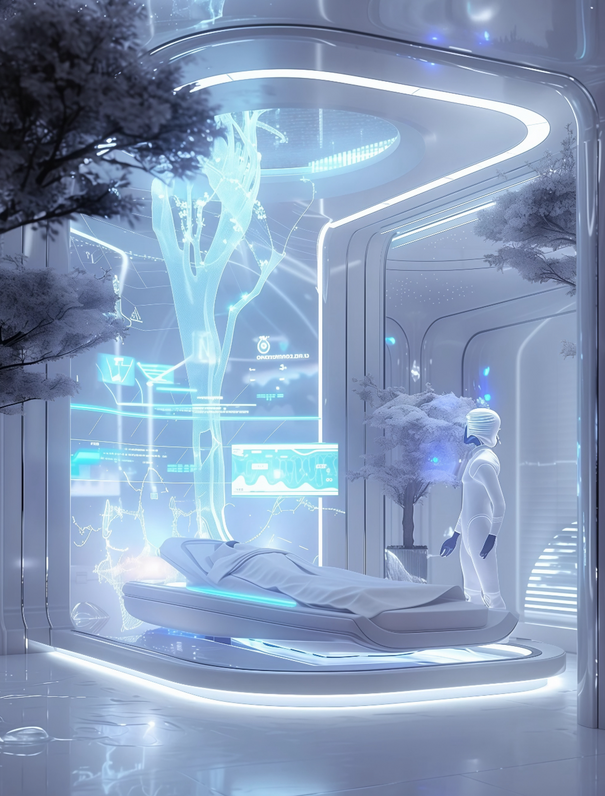

Future Applications and Use Cases of Cellular Visualization
cellusion

Cell + Illusion/Visualization
Visualization Using AI and UI models for cell visualization to support biological research and education.
cellusion
Admin@cellusion.co
© cellusion.co 2025
